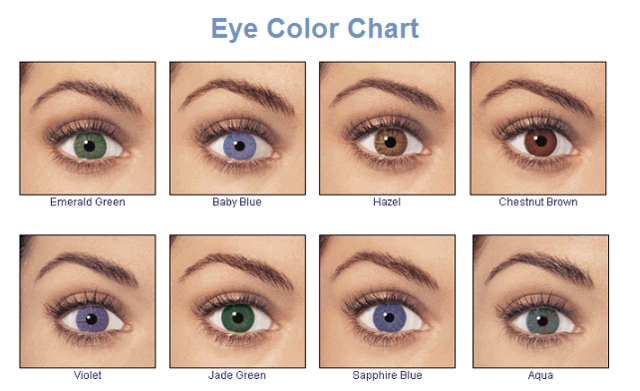Exploring Eye Color Detector Methods
The eyes are often referred to as the windows to the soul, and their color plays a crucial role in defining one’s unique identity. As technology continues to advance, the development of eye color detectors has gained momentum, offering innovative ways to identify and analyze this distinct trait.

In this article, we will delve into various methods used in eye color detection, exploring the science behind these technologies and their applications.
- Traditional Visual Inspection: The simplest and most traditional method of determining eye color is visual inspection. However, this method is subjective and relies on human judgment, making it prone to errors. Despite its limitations, visual inspection remains a common practice in everyday scenarios where more advanced technology may not be readily available.
- Biometric Technology: With the evolution of biometric technology, eye color detection has become more sophisticated. Iris recognition, in particular, has gained prominence. The unique patterns in the iris, known as the iris crypts and furrows, are analyzed to create a distinct identifier. Iris recognition is highly accurate and is widely used in security systems and access control.
- Image Processing and Computer Vision: Image processing and computer vision techniques have opened up new possibilities in eye color detection. Algorithms analyze digital images of the eyes, extracting features that contribute to the identification of eye color. Machine learning models, trained on extensive datasets, have significantly improved the accuracy of these systems.
- Genetic Analysis: Eye color is genetically determined, and recent advancements in genetic analysis have enabled the identification of specific genes associated with eye color. DNA testing can provide accurate predictions of an individual’s eye color based on their genetic makeup. This method is not only reliable but also offers insights into the inheritance patterns of eye color within families.
- Smartphone Applications: In the era of smartphones, several what colour are my eyes photo test applications claim to determine eye color using the device’s camera. These apps utilize image processing algorithms to analyze the colors in the eye and provide an estimate of the predominant eye color. While entertaining, the accuracy of such applications may vary.
- Artificial Intelligence (AI): The integration of artificial intelligence in eye color detection has taken the technology to new heights. AI algorithms can process vast amounts of data, identifying subtle patterns and variations in eye color that may be challenging for the human eye or traditional methods to discern. This approach is particularly valuable in forensic science and criminal investigations.
Conclusion
The quest to accurately detect eye color has evolved from simple visual inspection to sophisticated technologies rooted in genetics, biometrics, and artificial intelligence. While visual inspection remains prevalent in everyday contexts, advancements in technology have provided more accurate and reliable methods for eye color detection. These technologies not only have implications for personal identification but also find applications in security, healthcare, and forensic science. As we continue to unravel the secrets of ocular identification, the future promises even more precise and innovative methods for understanding and utilizing the unique features of our eyes.
